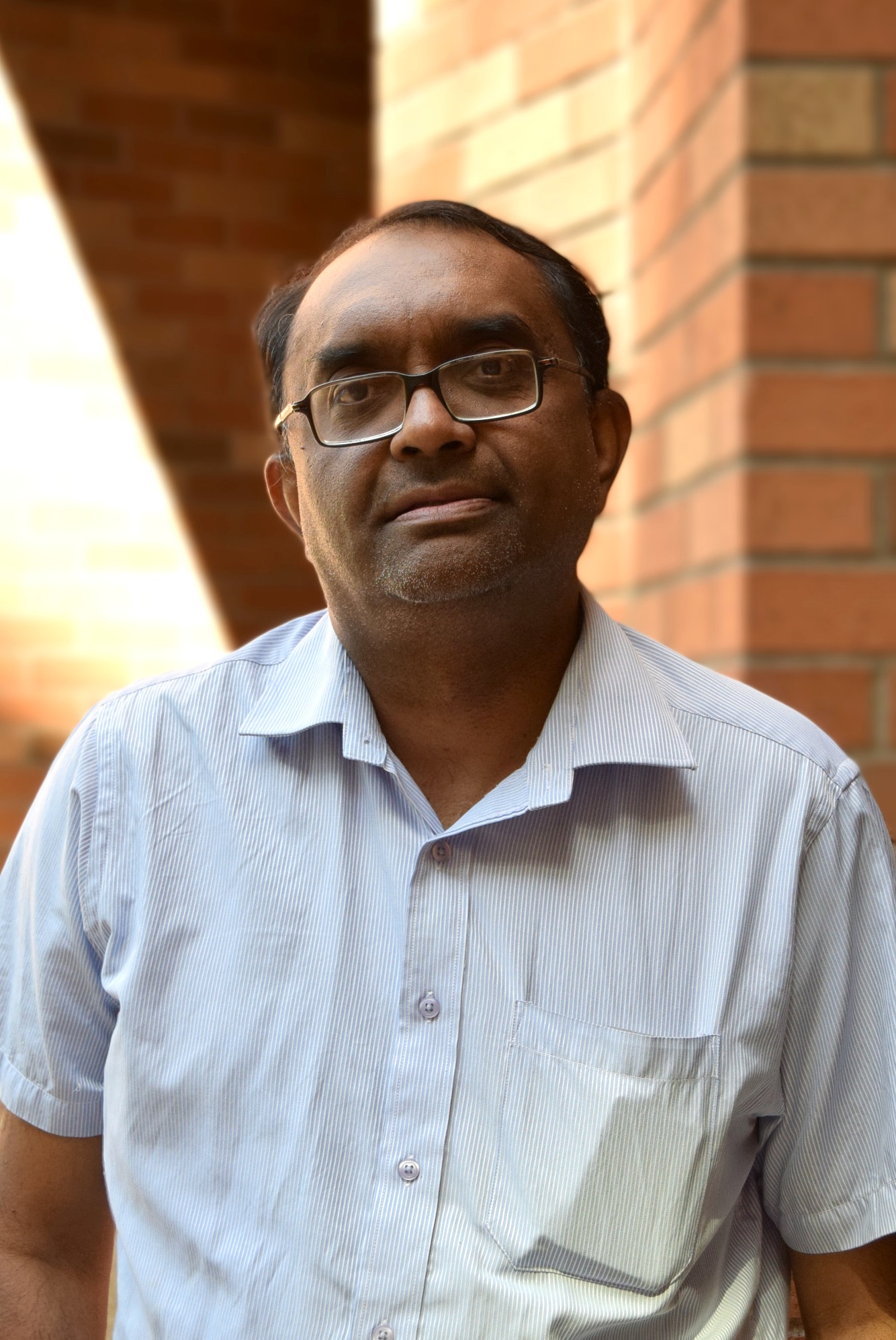2 Themes for 6G: Enterprise Small Cells & Networked Sensing
This is a hybrid event .
The location is the Student Center – STCN 210. To reserve parking, please click on the following link: https://www.offstreet.io/
Attached a map of the SU Campus. The closest visitor parking would be in the Murphy Garage (circled in red). You would take the skybridge to STCN.
|
One tap mobile: |
US: +12532158782,,99432590251# or +12133388477,,99432590251# |
|
Meeting URL: |
|
|
Meeting ID: |
994 3259 0251 |
|
Join by Telephone |
|
|
For higher quality, dial a number based on your current location. |
|
|
Dial: |
+1 253 215 8782 US (Tacoma) |
|
Meeting ID: |
994 3259 0251 |
|
|
|
WiFi is typically left out of Advanced 5G/6G considerations, yet recent advances in WiFi protocol stack has rendered it competitive for several indoor 6G application scenarios. First portion of the talk will present overview of some of these key new features of IEEE 802.11ax (WiFi6) and (emerging) 802.11be (WiFi7) standard, aligned with desired improvement of network efficiency in dense deployment scenarios (enterprise and residential) as well reliable, low latency operations for delay-sensitive traffic. The potential of some of these features – e.g. Multi Link Operation (MLO) defined in 11be - for Advanced 5G/6G applications will be exemplified. Next, we pivot to emergence of on-board (vehicular) commercial radar sensors, in support of advanced automated functions for driver assistance. This leads to the need for networked sensing (or equivalently integrated sensing and communications) for operations in dense urban environments. New system-theoretic foundations for radar-communications integration via embedding concepts of multiple access inside current radar system operations will be described.
Date and Time
Location
Hosts
Registration
-
 Add Event to Calendar
Add Event to Calendar
Loading virtual attendance info...
- 901 12th Ave
- Seattle, Washington
- United States 98122
- Building: Seattle U, Student Center
- Room Number: 210
- Click here for Map
Speakers
Sumit Roy of University of Washington
2 Themes for 6G: Enterprise Small Cells & Networked Sensing
WiFi is typically left out of Advanced 5G/6G considerations, yet recent advances in WiFi protocol stack has rendered it competitive for several indoor 6G application scenarios. First portion of the talk will present overview of some of these key new features of IEEE 802.11ax (WiFi6) and (emerging) 802.11be (WiFi7) standard, aligned with desired improvement of network efficiency in dense deployment scenarios (enterprise and residential) as well reliable, low latency operations for delay-sensitive traffic. The potential of some of these features – e.g. Multi Link Operation (MLO) defined in 11be - for Advanced 5G/6G applications will be exemplified. Next, we pivot to emergence of on-board (vehicular) commercial radar sensors, in support of advanced automated functions for driver assistance. This leads to the need for networked sensing (or equivalently integrated sensing and communications) for operations in dense urban environments. New system-theoretic foundations for radar-communications integration via embedding concepts of multiple access inside current radar system operations will be described.
Biography:
Sumit Roy (Fellow IEEE) received the B. Tech. (EE) degree from the IIT Kanpur in 1983, and M. S. (1985) and Ph. D. (1988) degrees from the University of California (Santa Barbara) in Electrical & Comp. Engineering as well as an M. A. in Statistics and Applied Probability (1988). He has been a faculty member in Electrical & Computer Engineering (UW) since 1998 where he was appointed to a Distinguished Term Professorship for Integrated Systems (2014-19) in recognition of his scholarly accomplishments. He continues to direct the Fundamentals of Networking Laboratory (FUNLaB) https://wp.ece.uw.edu/funlab/, the long-standing maintainer/manager of the Open Source network simulator ns-3 project (www.nsnam.org), recognized via the ACM SIGCOMM Networking Systems Award 2020 for ``development of a networking system that has had a significant impact on the world of computer networking” https://www.sigcomm.org/content/sigcomm-networking-systems-award. His expertise spans analysis/design and prototyping of future wireless communication systems/networks: next-Gen wireless LANs, 5G New Radio and beyond 5G/6G standards, with an emphasis on terrestrial and airborne (vehicular) applications, multi-standard inter-networking/coexistence and dynamic spectrum access solutions for spectrum sharing.
He spent 2001-03 on academic leave at Intel Wireless Technology Lab as a Senior Researcher/Standards Architect engaged in systems architecture and standards development for ultra-wideband systems (Wireless PANs) and next generation high-speed wireless LANs (802.11n). He was elevated to IEEE Fellow by ComSoc in 2007 for “contributions to multi-user communications theory and cross-layer design of wireless networking standards”. He recently served as Program Lead for Beyond 5G, the R&D component of OUSD R&E’s 5g-to-xG Initiative (2020-22), has been a frequent invited speaker @ various forums such as IEEE 5G Summit and is currently Distinguished Lecturer for IEEE Future Networks Technical Community (https://futurenetworks.ieee.org/).

Email:
Address:1410 NE Campus Pkwy, , Seattle, Washington, United States, 98195

